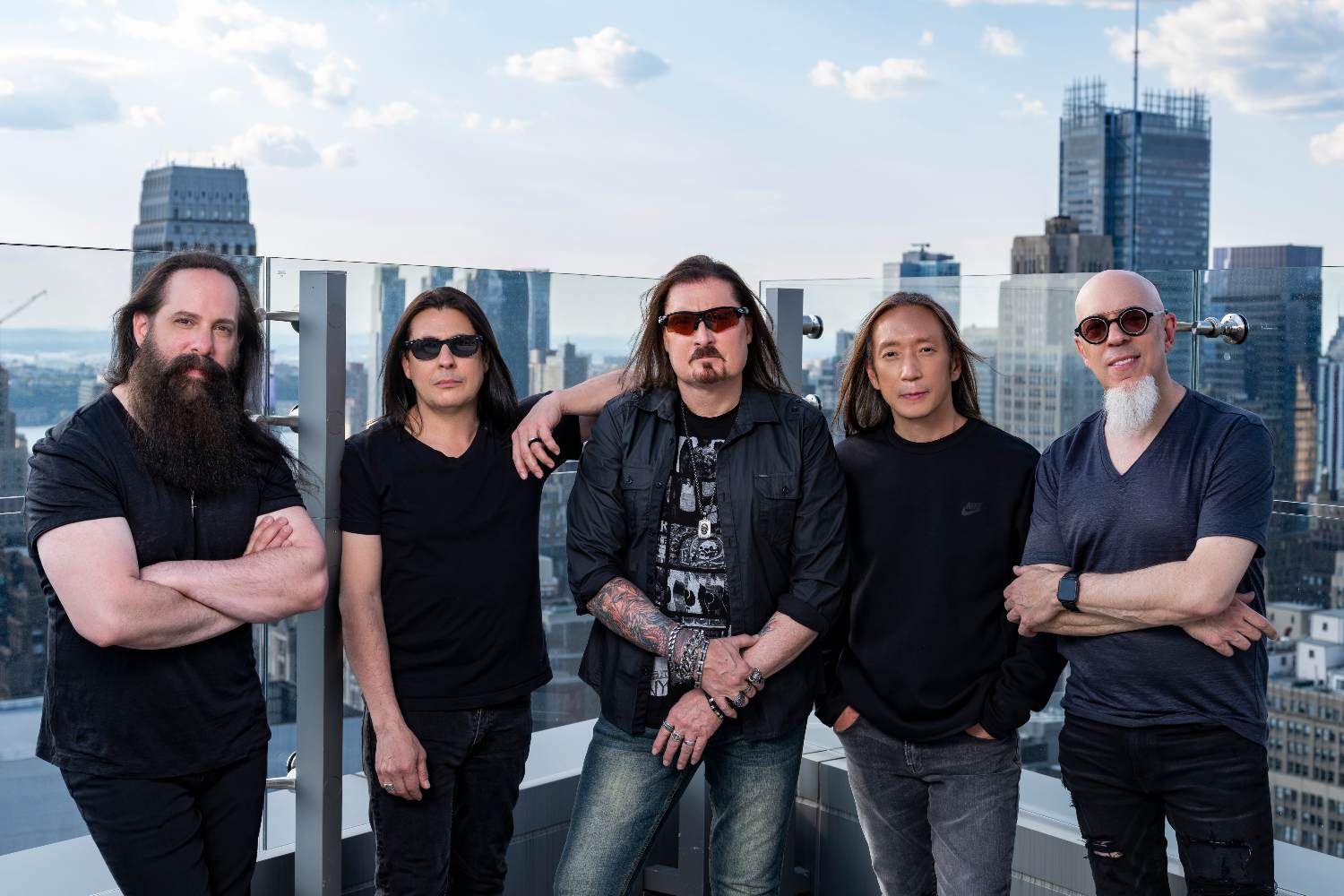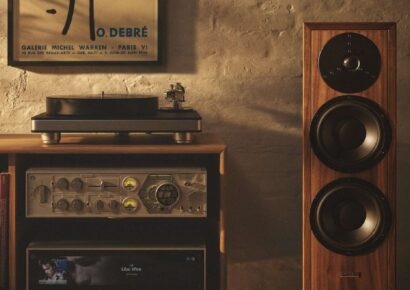A look at the influence and legacy of Dream Theater as progressive metal legends
Dream Theater are pioneers, there’s no doubt about that. It’s easy to forget now, but in the late 80s and early 90s progressive rock was dead in the water, and had been for some time. It was a genre associated with keyboard players in capes, flute players standing on one leg, guitar players using big ‘ol Gibsons, and sprawling conceptual pieces.
Read all the latest features, columns and more here.
In other words, it was considered a dead genre from the 70s, and although there were bands like Queensryche and Fates Warning slipping the occasional odd time signature or concept piece into heavy rock, prog was an outlier. Even the genre’s rockier 70s darlings, Rush, had gone in a more keyboard-heavy, electronic-sounding direction.
Then came Dream Theater and Images & Words.
Images & Words
This 1992 album was Dream Theater’s second, their first, When Dream And Day Unite, is a compelling listen but does not feel fully realised—nor should it, since the lads were practically babies when they recorded it. Following their first album cycle, vocalist Charlie Dominici was replaced by James LaBrie and the band was on fire after an intensive post-mortem of the record uncovered some areas for improvement on the songwriting and arranging levels. John Petrucci’s guitar playing and sound found a clearer, more individual voice: for every Vai-ism or Steve Morse-inspired run, there was another one that was clearly his own voice.
But perhaps the most crucial element of Images & Words in terms of its prog influence is in its heaviness. This was a time when the last wave of 80s hard rock bands was on their way out of the chart, and audiences were ready for something heavier, especially after Metallica’s self-titled ‘black’ album got everyone charged up for some brutal chuggage. The thick, chunky riffage that powers the album’s heavier tracks is the perfect framing device for wrapping your head around Dream Theater in the first place, creating a context for the band to depart from and return to, no matter how abstract the non-rock elements such as ragtime and fusion.
Mike Portnoy also represented a new drum god, and while his Images & Words sound was achieved with an electronic kit, by 1994’s Awake the guy was absolutely besieged by drums on all sides, once telling this writer, “Everyone always asks why my kit is so big, and the answer is because I can! It is like being a kid in a candy store, with an open tab! Whatever I want, whatever kind of setup I dream of, the guys at Tama and Sabian will make it happen for me. I’ve always loved playing big kits. My favourite drummers when I was younger played big kits and I always dreamed of playing a big kit. Now with the ability to build anything my imagination can think up, it’s a nice position to be in.”
And yet, while we’re all vulnerable to a little Gear Acquisition Syndrome from time to time, Portnoy said that’s not what drove the evolution of his kit. “The weird thing is, I’m not a gearhead at all,” he said. “Most of our fans are total gearheads and analyse every spec and nook and cranny and nut and bolt on every one of our instruments, but I’m not at all a gearhead. I just think up these configurations and then go in there and beat the crap out of it!”
Stream of Consciousness
There are plenty of crucial moments for Dream Theater in the years that followed: Awake—heavier, more aggressive and more virtuosic; the epic A Change of Seasons was complete with numbered sections in true prog tradition, but with crushingly heavy guitar throughout much of the piece, and with the addition of keyboard player Derek Sherinian; Falling Into Infinity was a bit more radio-friendly (and has a mix that really stands up, over two decades later). Then Metropolis II: Scenes From A Memory arrived (bringing with it keyboard player Jordan Rudess), and is still considered by many fans to be the band’s masterwork for its blending of different musical and narrative devices to tell a story which appears to be inspired by the film Dead Again, about past lives and revenge and all sorts of juicy stuff.
It’s when we get to Train Of Thought in 2003 that we really see Dream Theater hit a crucial moment though. Because while every album before it had its heavy moments, this was the first Dream Theater album to truly qualify as progressive metal. The keyboards are still there but this time they’re dirtier, more aggressive, almost functioning like another metal rhythm guitarist. LaBrie largely relied on a more raspy, angry vocal register. Petrucci picked up some down-tuned guitars and added more bite to his guitar tone. The record has an energetic, almost forceful presence, from John Myung’s opening distorted bass harmonics all the way through to the epic closer ‘In The Name Of God’ with his mysterious, dark melodies and complex instrumental sections.
The Alien
When Mike Portnoy left the band and Mike Mangini stepped in, Dream Theater’s feel definitely changed. Mangini is a more precise, compositional drummer compared to Portnoy, who describes his approach as more intuitive and improvisational. The musical tension caused by the push-pull between Portnoy and Petrucci may not be a part of Dream Theater any more (although the guys are working together again in Liquid Tension Experiment and Petrucci’s solo stuff), but in its place is a sound that seems to bridge all Dream Theater eras. Mangini can play anything, and as new album A View From The Top Of The World shows, they’re still exploring new vistas.
A View From The Top Of The World is a reliably shredworthy collection of songs, most of them quite epic, that explore rhythm, melody and harmony in ways that function outside standard rock. It doesn’t sound like the Dream Theater of Images & Words, yet it sounds unmistakably Dream Theater, maybe in the way that every AC/DC album is identifiable as Acca Dacca. What it shows us is that even when Dream Theater pushes their progressive credentials on intense new material, the groundwork that they laid three decades ago in that period between albums number one and two continues to inspire both the progressive and the familiar aspects of their sound.
Keep up with Dream Theater here.

